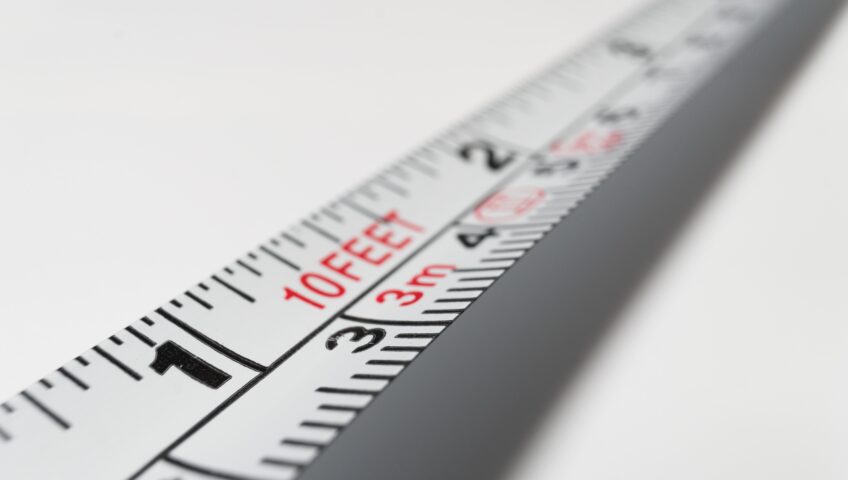Last week marked National Metric Week, an annual observance that highlights the importance and utility of the metric system in science, education, and everyday life. While the metric system is widely used across the globe, the United States remains a notable exception in its limited adoption of this international standard. To honor National Metric Week, let’s highlight some important facts:
• The metric system originated during the Age of Enlightenment: It was developed in France as part of a broader effort to create a rational and universal system of measurement. In 1799, the metric system was officially adopted in France and designed to be simple, logical, and based on natural constants.
• The metric system gradually became a global adaptation: It became the standard in most of Europe and later spread to nearly every country worldwide. Today, only three countries have not fully adopted the metric system as their primary system of measurement: the United States, Liberia, and Myanmar.
• Today, the United States still hasn’t converted to the metric system: During the Industrial Revolution, the U.S. became heavily reliant on manufacturing industries, which were already standardized in imperial units (e.g., inches, feet, pounds). Switching to a new system would have required a massive overhaul of tools, machinery, and production standards. This transition was viewed as both costly and time-consuming, which discouraged widespread adoption. While the U.S. officially recognizes the metric system, and it is widely used in scientific, medical, and military applications, imperial units remain the dominant standard in daily life. However, some industries, such as automotive manufacturing and pharmaceuticals, rely heavily on metric measurements due to international trade and regulatory standards.
National Metric Week serves as a reminder of the global standardization efforts that began over two centuries ago and continue to influence international cooperation in science, technology, and trade. While the United States may be an outlier in its use of the imperial system, the metric system remains a crucial part of education and scientific work across the country. By understanding the history and challenges of metric adoption, we can better appreciate the role of measurement in our modern world.


